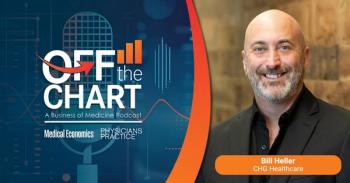
Telehealth usage surges, but satisfaction declines
Telehealth technical challenges frustrate many patients
The
The pandemic drove many patients and physicians to
- Telehealth embraced by all ages in 2021: Overall, 36% of patients have accessed telehealth services during the past year, up from just 9% in 2020 and 7% in 2019. Usage is consistent across all generational groups, with the highest usage among members of Generation Y and Pre-Boomers.
- Convenience, speed and safety drive utilization: The top reasons for telehealth utilization are convenience (57%), ability to receive care quickly (47%), and safety (36%).
- Patient satisfaction declines as pain points emerge: Overall satisfaction with both direct-to-consumer and payer-sponsored telehealth services declined in 2021 from 2020. The most frequently cited barriers encountered by patients are limited services (24%), lack of awareness of costs (15%), confusing technology requirements (15%), and lack of information about providers (15%).
- Uneven care for higher-risk patients: Overall satisfaction is 85 points lower (on a 1,000-point scale) among patients with the lowest self-reported health status than among patients who consider themselves to be in excellent health. Similarly, healthier patients are more likely than less healthy patients to
understand the information provided during the visit, say they receive clear explanations, perceive that their visits are highly personalized, and obtain high-quality diagnoses.
Which services ranked highest
JD Power ranked the top telehealth providers in both direct-to-consumer and health-plan provided categories.
In direct-to-consumer brands, Teledoc ranked highest in satisfaction with a score of 874. MDLIVE took second with 868 and MyTelemedicine was third with 859.
In the health plan-provide category, United Healthcare was tops with a score of 868, while Humana and Kaiser Foundation Health Plan both tied for second with 865.
The survey measures customer satisfaction with their telehealth service experience based on four factors (in order of importance): customer service (42%), consultation (28%), enrollment (19%), and billing and payment (11%). The study is based on responses of 4,676 health care customers who used a telehealth service within the past 12 months. It was fielded in June-July 2021.
Newsletter
Stay informed and empowered with Medical Economics enewsletter, delivering expert insights, financial strategies, practice management tips and technology trends — tailored for today’s physicians.








